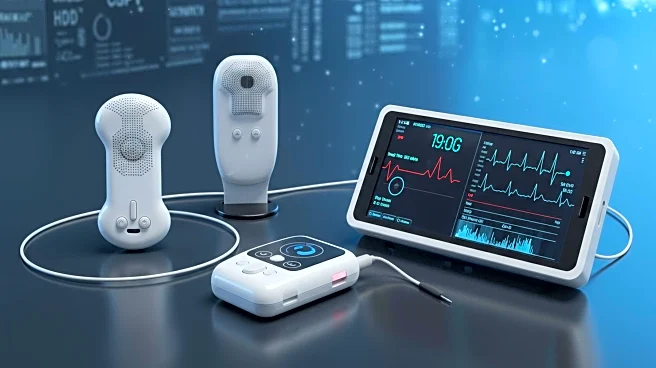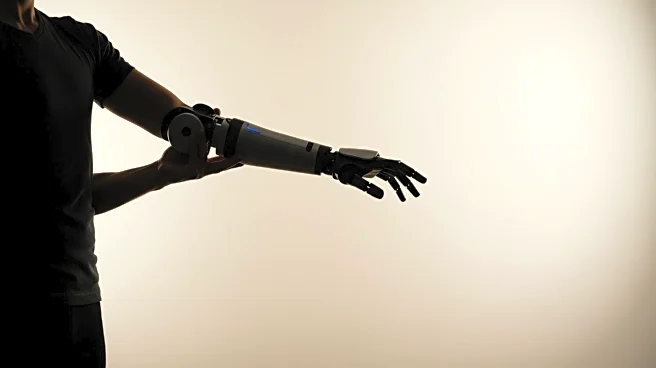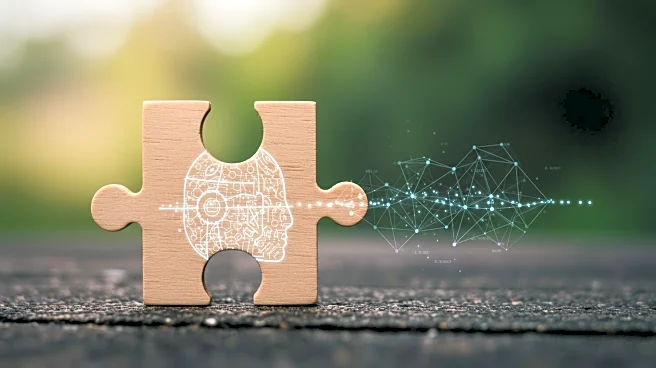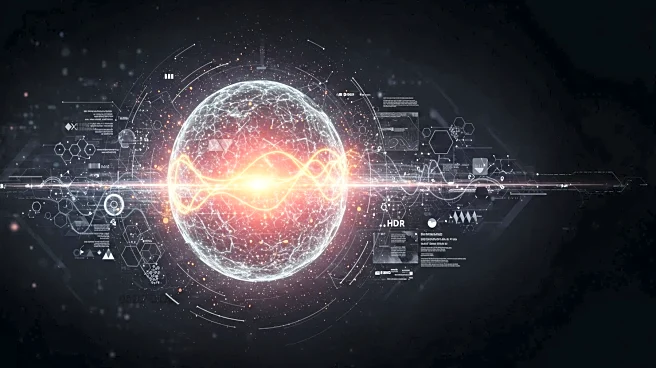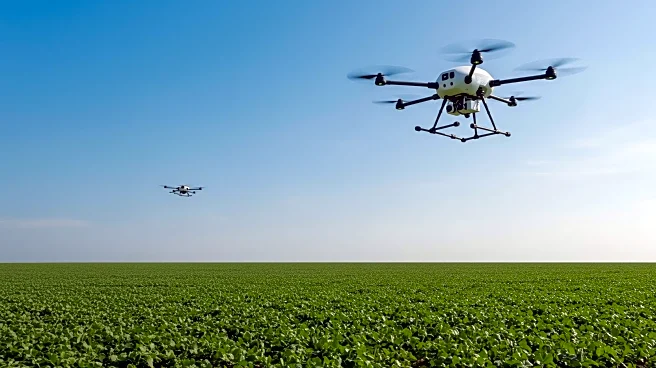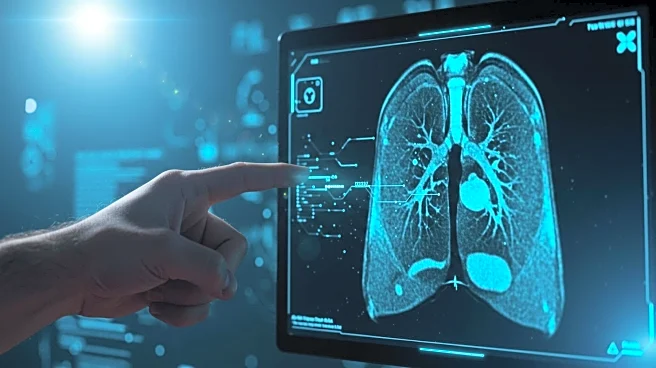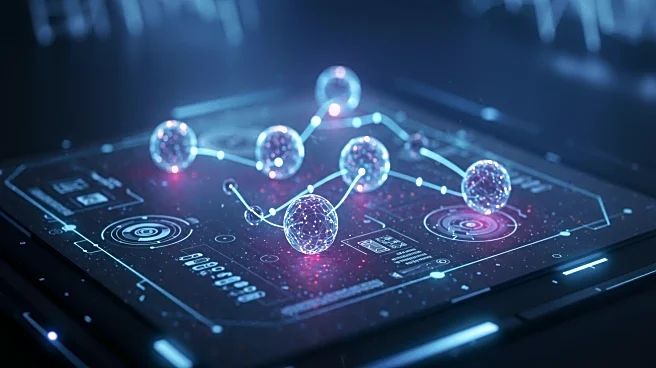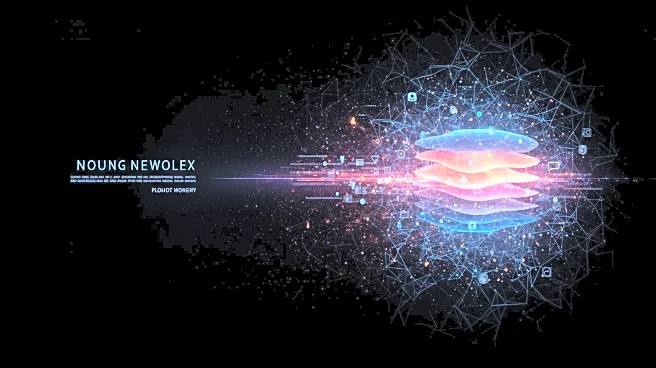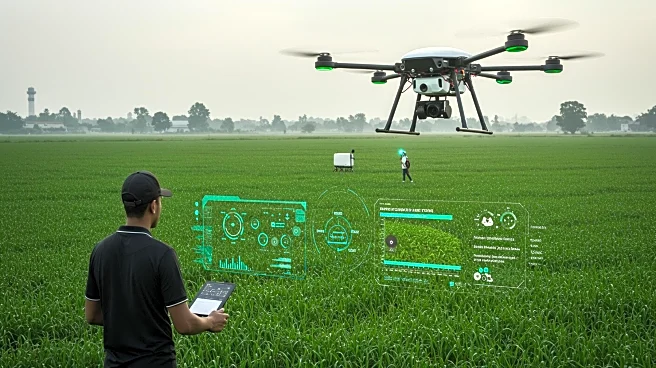Rapid Read • 8 min read
A new technique called IDLTHAR-PDST has been developed to improve human activity recognition (HAR) for individuals with disabilities using sensor-based IoT and edge cloud technology. This approach involves data preprocessing, EHBA-based feature selection, and DBN-based classification processes. The technique utilizes min-max normalization to optimize sensor data consistency and enhance model performance. The EHBA method effectively reduces dimensionality while retaining critical activity-related features, and the DBN model is employed for recognizing human activities. The IDLTHAR-PDST approach has shown successful detection and identification of various classes with high accuracy, demonstrating its potential in safety-critical applications such as monitoring disabled or elderly individuals living alone.
AD
The development of the IDLTHAR-PDST technique is significant as it offers a non-intrusive method for monitoring individuals with disabilities, potentially improving their safety and quality of life. By leveraging advanced sensor technology and deep learning models, this approach can provide real-time insights into subtle behavioral changes and emergency events, which are crucial for personalized care. The ability to accurately recognize human activities can lead to better resource allocation in healthcare and support systems, reducing the need for manual monitoring and intervention. This advancement also highlights the growing role of IoT and edge computing in enhancing accessibility and inclusivity in technology.
The IDLTHAR-PDST technique is expected to undergo further validation and optimization to ensure its reliability and effectiveness in real-world applications. As the technology matures, it may be integrated into various healthcare and monitoring systems, providing a scalable solution for personalized care. Stakeholders such as healthcare providers, technology developers, and policymakers may explore collaborations to expand the use of this technology in different settings, potentially leading to new standards and regulations for IoT-based monitoring systems.
The ethical implications of using sensor-based monitoring systems for individuals with disabilities must be considered, particularly regarding privacy and data security. Ensuring that these systems are designed with user consent and transparency in mind is crucial to maintaining trust and acceptance. Additionally, the long-term impact of such technology on healthcare practices and societal norms around disability and independence should be explored.
AD
More Stories You Might Enjoy
